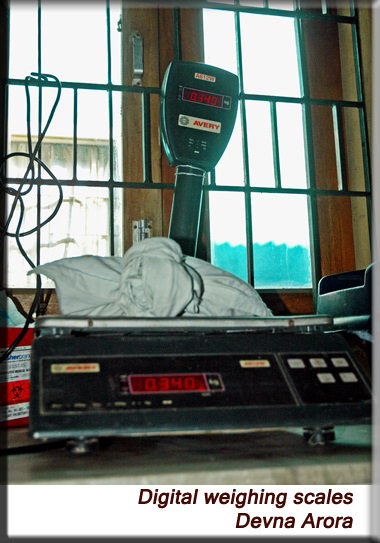Recording Data
Record keeping is perhaps one of the most important yet one of the most neglected aspects of rehabilitation. The need to attend to more urgent tasks and the perpetual lack of time often brings record keeping low on the list of priorities for most of us. Yet, meticulously kept records can be essential for future reference and indispensable in the drafting of protocols.

Detailed records must always be maintained daily for any animal in your care. These records must contain data on the animal’s body condition, weight, alertness, behavior, diet and supplements, frequency of feeds, feeding preferences, medications and all additional observations.
It is not humanly possible for us to remember every single detail of every animal when dealing with a large number of cases, and being able to refer to a written record makes it a lot simpler to recall important information at later dates. It is best to note down your observations daily as one would forget smaller details over a period of time, or they may be influenced by the progress of subsequent days or events. Such records not only form a vital part of the animal’s history and progress but also form an important referral point for future animals.
Ensure to record your observations truthfully and objectively, without any bias, both in terms of DO’s & DON’Ts. Ensure to make a note of things that have made a significant difference as also things which have proved to be detrimental so that they may not be repeated.
Data Sheets
Standard record sheets are typically either objective or subjective. Objective sheets are less detailed and allow quick quantification of data. Although fairly cumbersome to maintain, subjective datasheets require detailed inputs but are especially helpful for noting behavioral observations of the animal and species in concern. Most rehabilitators prefer their own design which may be altered as per the need of the species and allows you to make a note of relevant information respectively.
Here are some sample datasheets to help you get started with keeping records. Whichever recording format you may prefer, do ensure to record all important details. The more data you make note of and record, the more comprehensive and robust your protocol will be.





